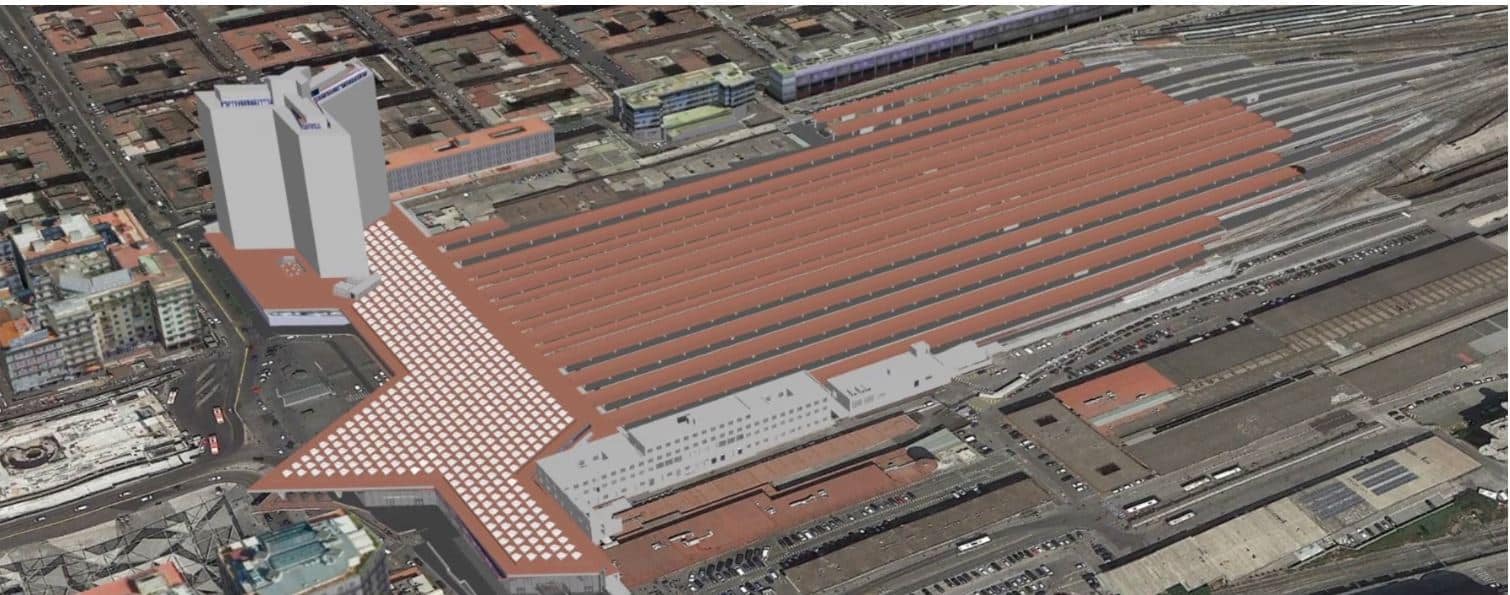Open BIM blog post – breaking down the Silos in AEC
At the Nemetschek Group, “open” is in our DNA. Our portfolio of 16 brands has been offering open BIM solutions since the 1980’s. How is it that we could offer “open BIM” in the pre-BIM, pre-IFC, and pre-Cloud era? The answer is simple: At Nemetschek, open BIM is not a file format; it doesn’t end with file compatibility. Instead, it is an approach — a philosophy that empowers all industry stakeholders to participate with meaningful, bi-directional workflows, resulting in better buildings. In our unconditional support for open BIM:
- We believe interoperability between industry stakeholders must not be a ground for competition;
- We support and help develop open standards, such as IFC, for interoperability between industry stakeholders;
- We are open to cooperation with any industry stakeholder that is ready to work with us to build and support open workflows;
- We actively promote open BIM in the AEC community

Why do we need open workflows? Well, even though one of the most significant collaborative efforts of humanity – creating our built environment – provides us with several thousand years’ experience, we still construct our buildings using highly fragmented workflows. The various stakeholders (disciplines) do not really collaborate in the true sense of the word. Instead, they work in silos, focusing on their own area, and only letting others interfere at the minimum level necessary. This is due to several factors, including everyone wanting to limit their respective legal and financial liabilities. This is human nature, yet we still believe that this kind of thinking results in silos and sub-optimal operations. Buildings are constructed nevertheless, but with significant waste, budget overruns, and delays in an overwhelming majority of cases. Silos can only be dismantled if we enable the different disciplines to openly collaborate — and not just merely to look for collisions.
Why is file compatibility not enough? One might assume, that in order to allow open collaboration among the various disciplines, the most important goal is to make our BIM software compatible. In other words, we should be able to save our BIM data in a format that is readable by the software used by others. While this is a necessity, it is not enough for the different disciplines to “understand” each other. One can say that “a wall is a wall and a column is a column,” but the exact same wall or column means totally different things to an architect as it does to an engineer. In order to allow them to communicate, we must establish not only file compatibility, but workflow compatibility as well, where not only data is exchanged, but relevant information is both sent and received. And what is “relevant” highly depends on the parties communicating with each other.
What are the unique characteristics of open BIM workflows? Open BIM workflows, however diverse they maybe, share some basic characteristics that make them easy to recognize. Open BIM workflows are:
- Inclusive → Choice of software should not exclude anyone from participating in a project. The various professions should be allowed to use software best fit for the job, yet still be allowed to join the projects’ BIM workflows regardless of other parties’ software choices;
- Interactive → Communication between the stakeholders should be based on agreed workflows (one party’s duty doesn’t end with providing data in a standard format and letting everyone else try to interpret the design intent);
- Focused → Design collaboration by nature is highly iterative (the workflow should be tailored to allow efficient and fast communication rounds), which requires that only relevant information is sent (signals should be filtered from noise) and be sent in a meaningful way (data and workflow mapping should be pre-agreed based on the protocol used – such as IFC model view definitions, intelligent translators, etc.).
What are the benefits of utilizing open BIM workflows? Simply put, true, open BIM-based design collaboration results in better quality designs, less construction errors, and, ultimately, intelligent building data (BIM) that is an asset throughout the lifecycle of the building.
Is open BIM real? More and more projects prove the superiority of open BIM workflows. Examples include sport facilities, such as TPO Pride’s Center for Rhythmic Gymnastics project, that utilized more than two-dozen software to deliver a stunning design; transportation infrastructure projects such as Minnucci Associati’s Naples Central Station, a reconstruction project awarded by the buildingSMART International Awards 2018 in the Operations and Maintenance category; and commercial buildings, such as 480 Hay Street in Perth, where the entire construction workflow was based on open BIM.
See how Minucci Associati used open BIM to win the prestigious buildingSMART Award in 2018.
Author: Viktor Várkonyi
Executive Board Member | Plan & Design Segment
NEMETSCHEK GROUP
